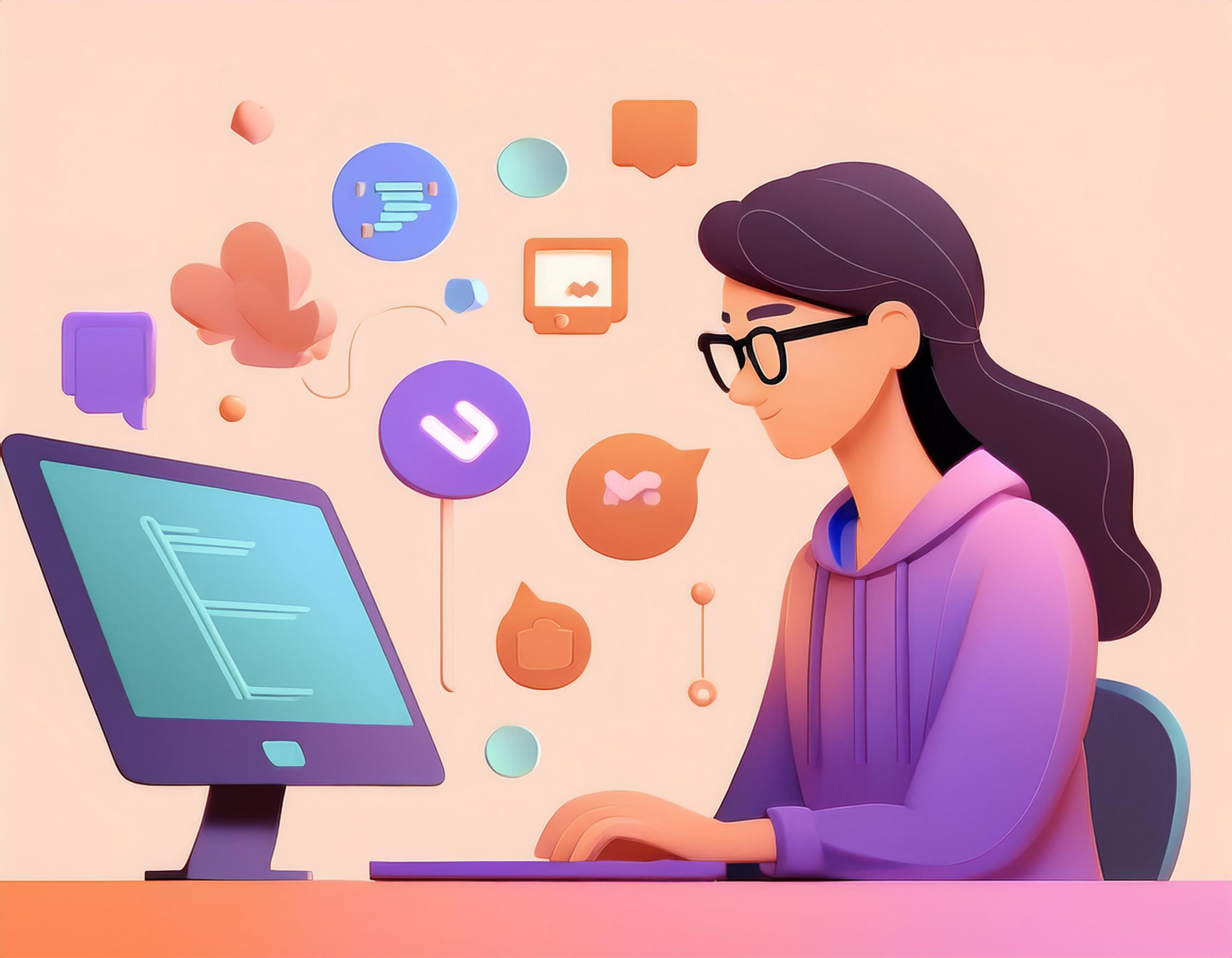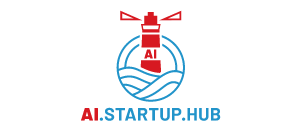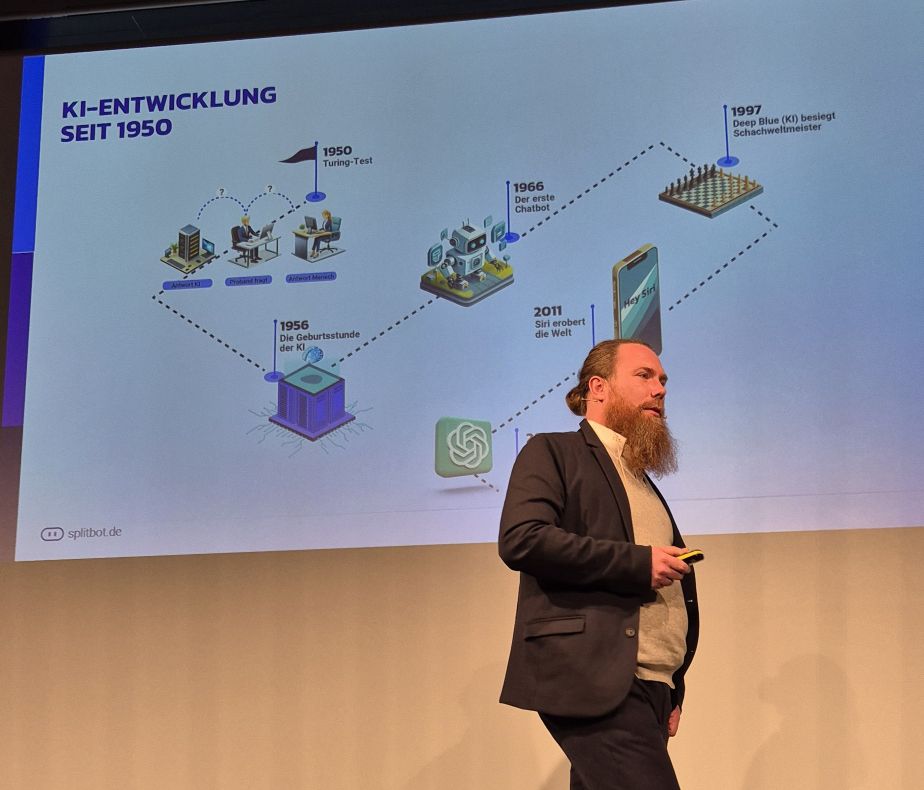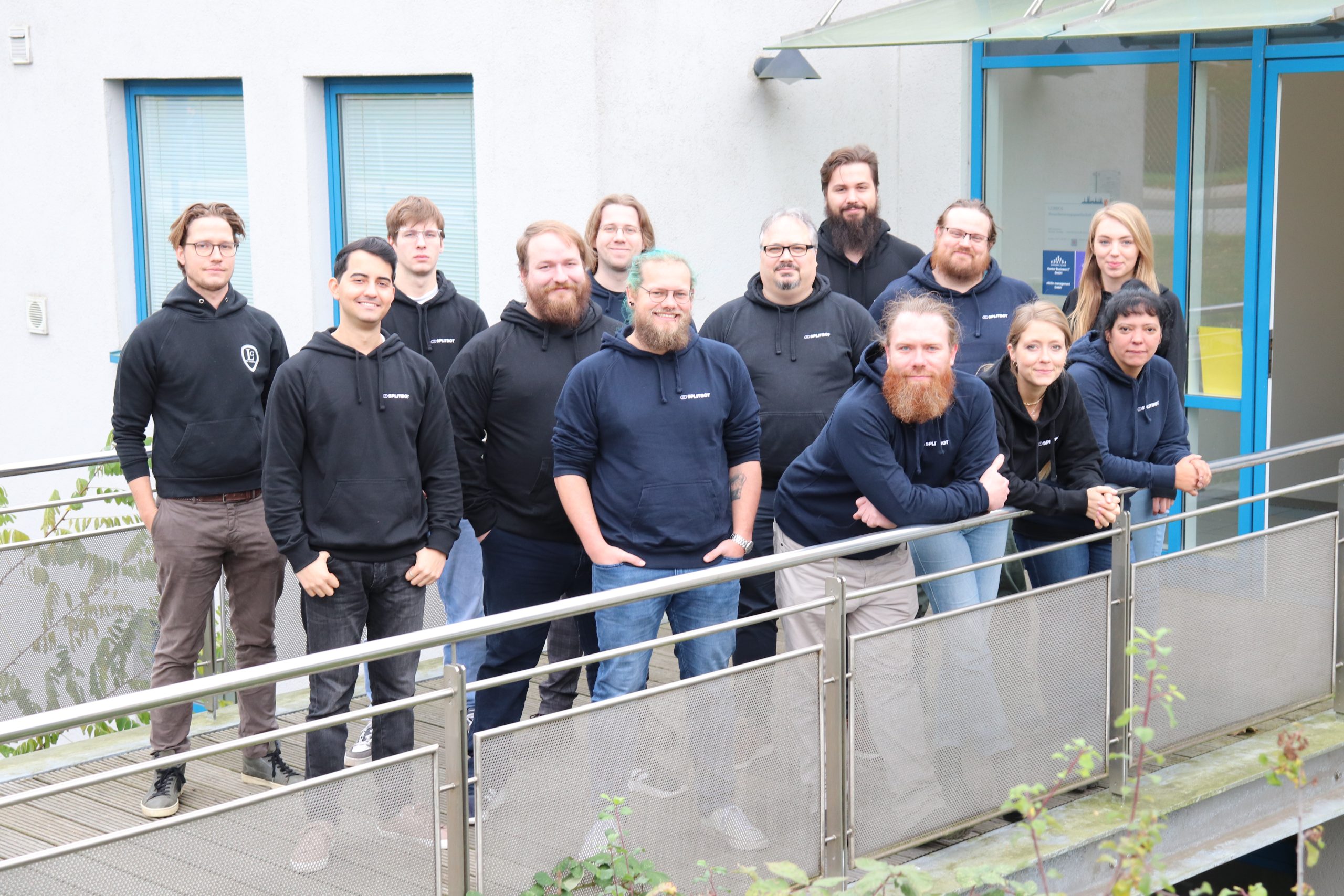A momentous year is drawing to a close. We are almost at a loss for words considering all the incredible events of the past months, but we nevertheless wish to take this opportunity to reflect on 2023.
Those who have followed Splitbot’s journey know that Kontor Business IT GmbH has been working on AI-based software since 2021. This software automates (administrative) processes in various scenarios and returns a crucial work factor to skilled professionals: time.
The urgent needs of our customers and the consistently open-minded and positive feedback then tipped the scales for a significant corporate decision. On March 15th of this year, Splitbot GmbH was spun off as a wholly-owned subsidiary of Kontor Business IT. This milestone not only highlights Splitbot’s potential but also enabled immense growth. From originally one developer working on the project with Tadeusz, a team of ten people has emerged, working exclusively for Splitbot. Additional colleagues undertake important tasks for both companies, thus ensuring success. Core team members and the minds behind Splitbot are: Florian Roßmann, Mats Kastner, Søren Molkentin, Bartosz Golis, Maximilian Esch, Muhemd Al-Moayad, and Katharina Kirstein. We are particularly proud to be able to support two young individuals in their training: Arturs Tinte and Ramtin Abouie. Vincent Schiller has also recently joined the team as a working student.
Anyone who has visited our website is also familiar with the faces of our bots. Behind them lies the creative and design work of Friedrich Wehrmann and Maximilian Hertwig. We are also particularly grateful to Kristina Andresen, who, with tireless dedication, handles all administrative tasks and thus made a significant contribution to the creation of Splitbot. Last but not least, Carolina Wehrmann and Tadeusz Nikitin should, of course, be mentioned here. Without them as management, and without their belief in the project and their courage to break new ground, none of this would have been possible.
However, mere presence is not enough for a company’s success. Every individual contributed to our ability to achieve further significant goals.
A significant phase for us was particularly our participation in the Gateway 49 Accelerator Program. During this time, we learned an incredible amount and were able to build a broad network. We are very grateful for the support of the entire Gateway team.
We were greatly honored by the visit of State Secretary Julia Carstens. Ms. Carstens was given a detailed presentation by us on Splitbot’s capabilities and interacted with Sigma in our VR room.
A great success for us was also our inclusion in the Alpha Program of this year’s Web Summit in Lisbon. We were not only able to participate in this enormous event but also to present Splitbot at an exhibition stand, in the Startup Showcase, and in a 40 Words video. We are still overwhelmed by Lisbon and all the impressions we were able to gather.
Through collaboration with DiWiSH, the AI Bundesverband, KI.SH, and WTSH, we were not only able to participate in various events but also to introduce ourselves and actively shape the digital future. Thus, Tadeusz, with his AI expertise, has become a sought-after speaker and a valued contact person at all levels.
The successful deployment of Splitbot in our administration and in Business IT support were further events we were able to celebrate. The onboarding of our pilot customers is progressing successfully, and we will begin the new year with the implementation of further customer projects. New and promising ideas are already awaiting implementation, and we are excited to see where our journey will take us in 2024.
Until then, we wish you and your loved ones wonderful holidays and a peaceful New Year.
The Splitbot GmbH Team





